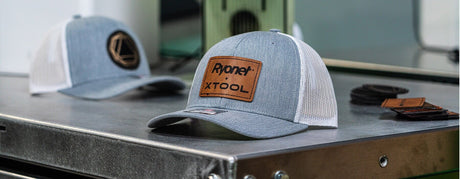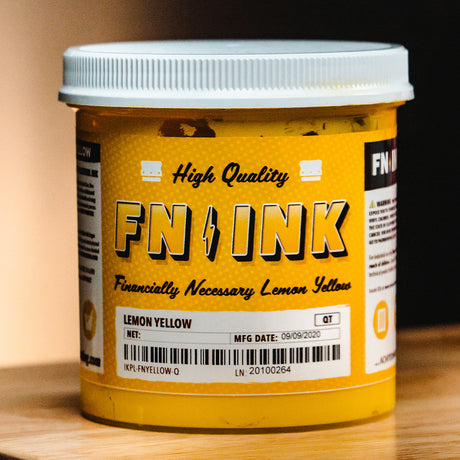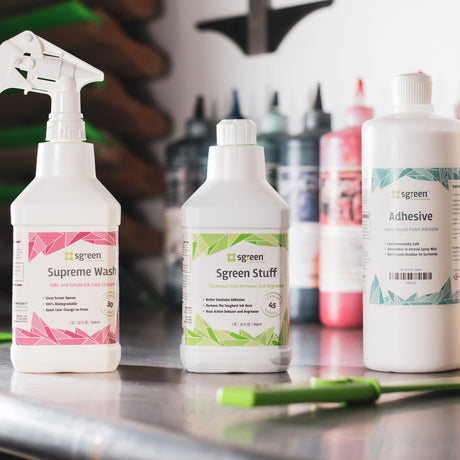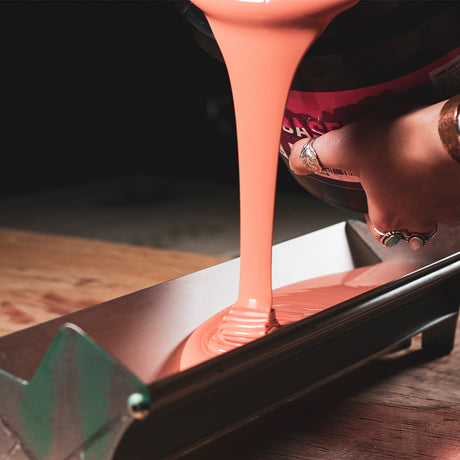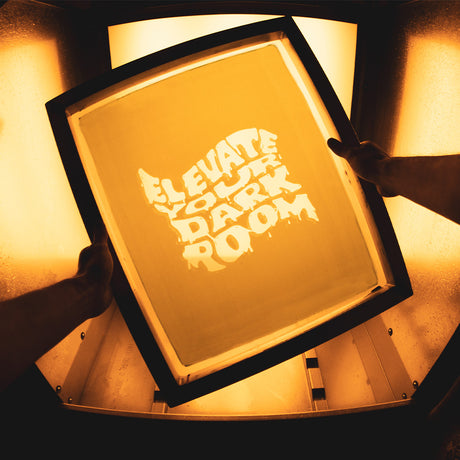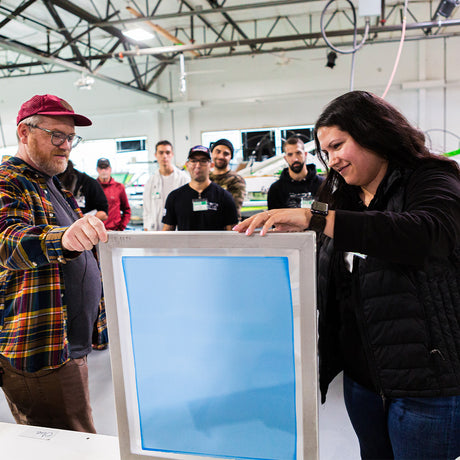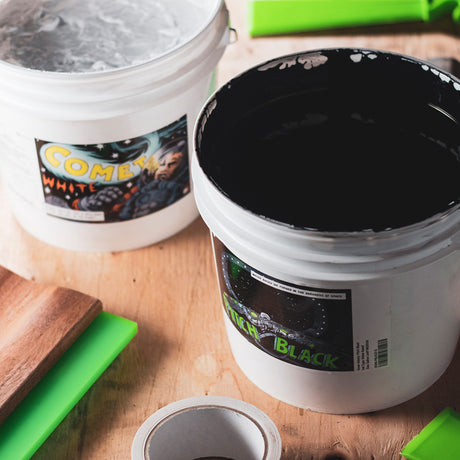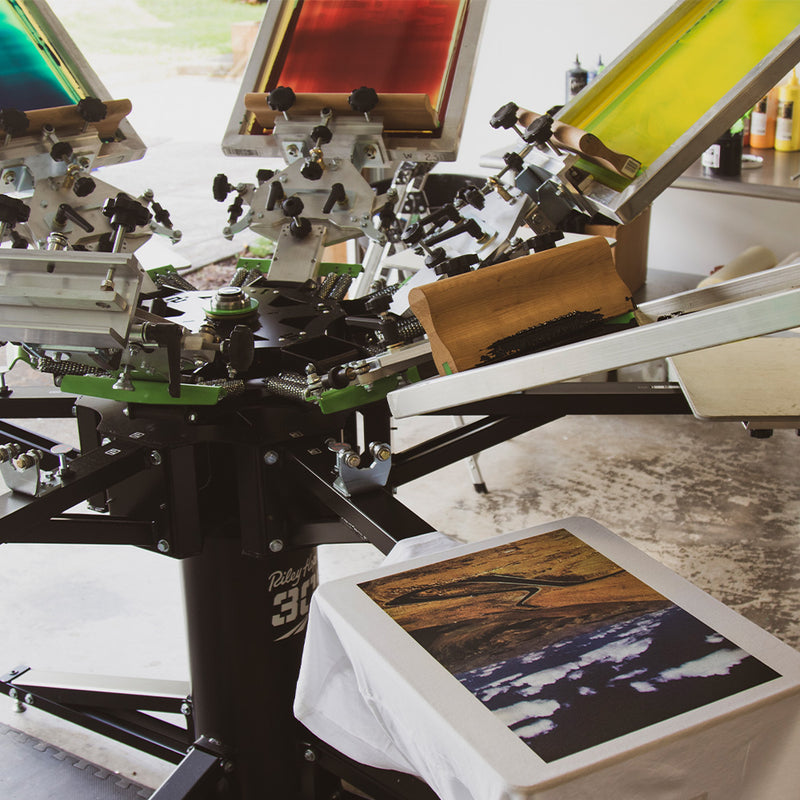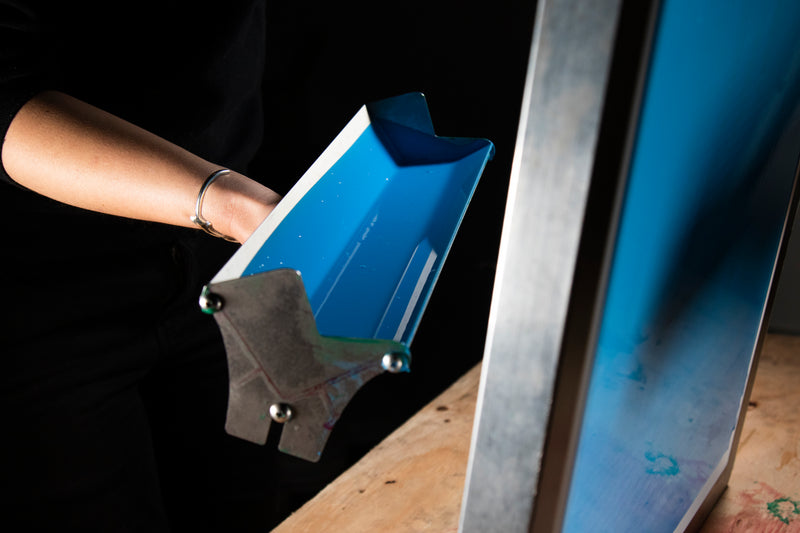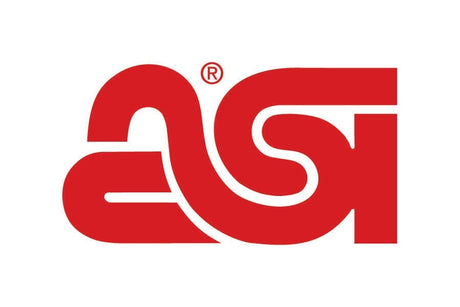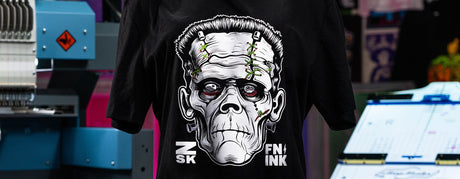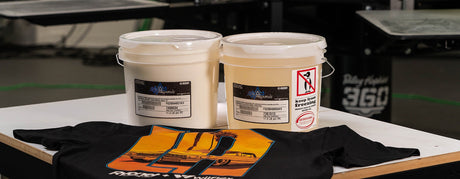The two most standard mesh sizes are 110 and 158. A mesh count of 110 will lay down a fairly thick layer of ink. This mesh is great for block text letters and larger spot color designs. It’s also a recommended mesh for your underbase because you will only have to do one pass, which speeds up production. 158 mesh will lay down a moderate amount of ink, but offers more detail capability for your image.
Higher mesh screens, 196 mesh and above, are most often used for finer detail images and thinner inks. Graphic, discharge, and water-based inks should be printed through screens of this mesh size. The higher mesh count helps to keep the thinner inks from flooding onto your substrate. If you would like to get a softer hand feel to your plastisol prints, these higher mesh counts can help as well. While your plastisol prints may feel softer, you might sacrifice the opacity of the ink by using a higher mesh count.
Check out this blog to learn more about mesh counts and their uses.
